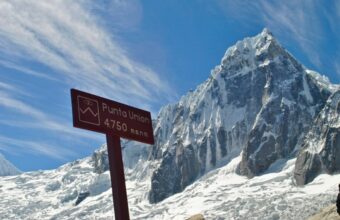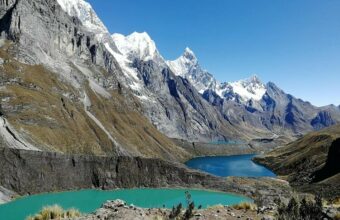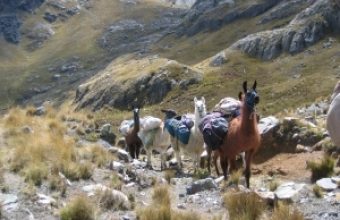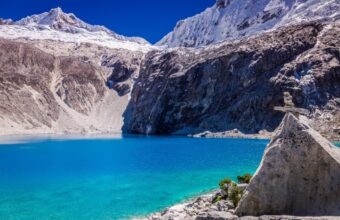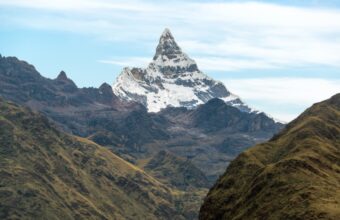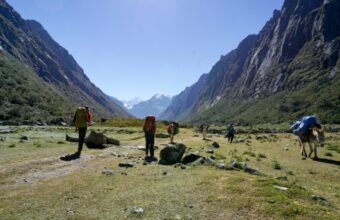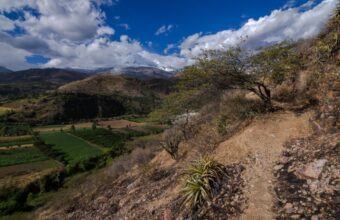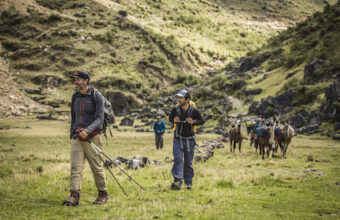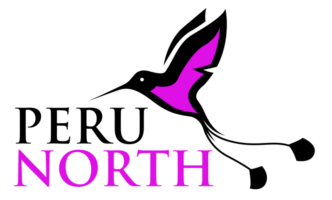Cordillera Blanca treks
Trekking and hiking the world famous Cordillera Blanca range
Move over Cusco. The Cordillera Blanca, near Huaraz is the Peru trekking capital for discerning hikers. This famed range is one of the highest tropical mountain ranges in the world and has the highest mountains in Peru, along with 722 glaciers. Trekking here is a serious business, sometimes verging into mountaineering.
There are more than 30 peaks with summits over 6,000 metres, which makes this the most important destination for mountaineering in Peru. The highest peak is Huascarán, at 6,768m. This is a great place to see condors and vicuñas, as well as the Puya Raimondii, the largest bromeliad in the world that can grow to 10 metres high.
Despite its attractions, you will encounter far fewer people here than in the Cusco region. The distance from Machu Picchu and high altitudes in the Cordillera Blanca discourage the more casual trekker.
Fancy your chances? Here's our essential guide to the best Cordillera Blanca treks.
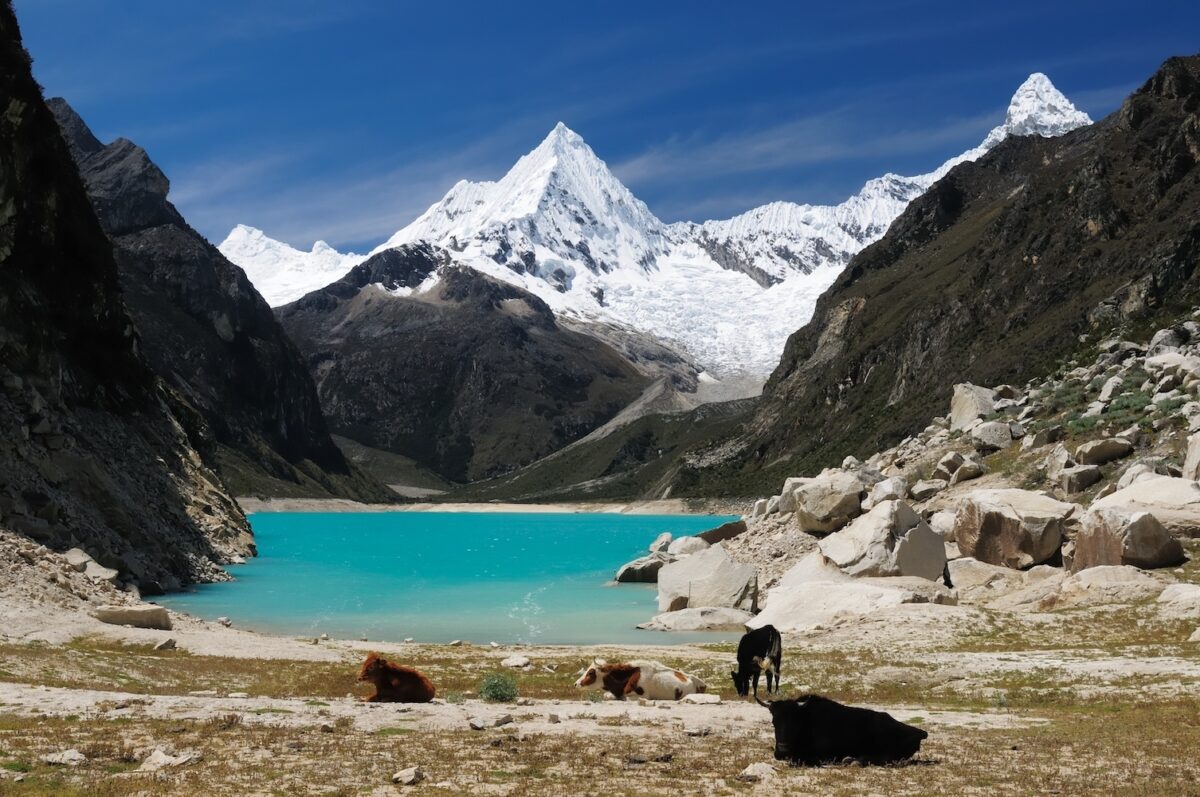
The iconic Cordillera Blanca range near Huaraz
Cordillera Blanca treks
The best hikes in the Cordillera Blanca
These are the most spectacular, but also the most serious, mountains in Peru. The following treks do not require technical mountaineering skills but are still difficult due to the steepness of trails and the extreme altitude.
For lighter trips out there are also many great day hikes suitable for most hikers and tours that take you to incredible turquoise lakes without much walking.
Here are a handful of the top multi-day Cordillera Blanca treks.
-
Cordillera Blanca
-
Cordillera Blanca
-
Cordillera Blanca
-
Cordillera Blanca
-
Cordillera Blanca
-
Huaraz
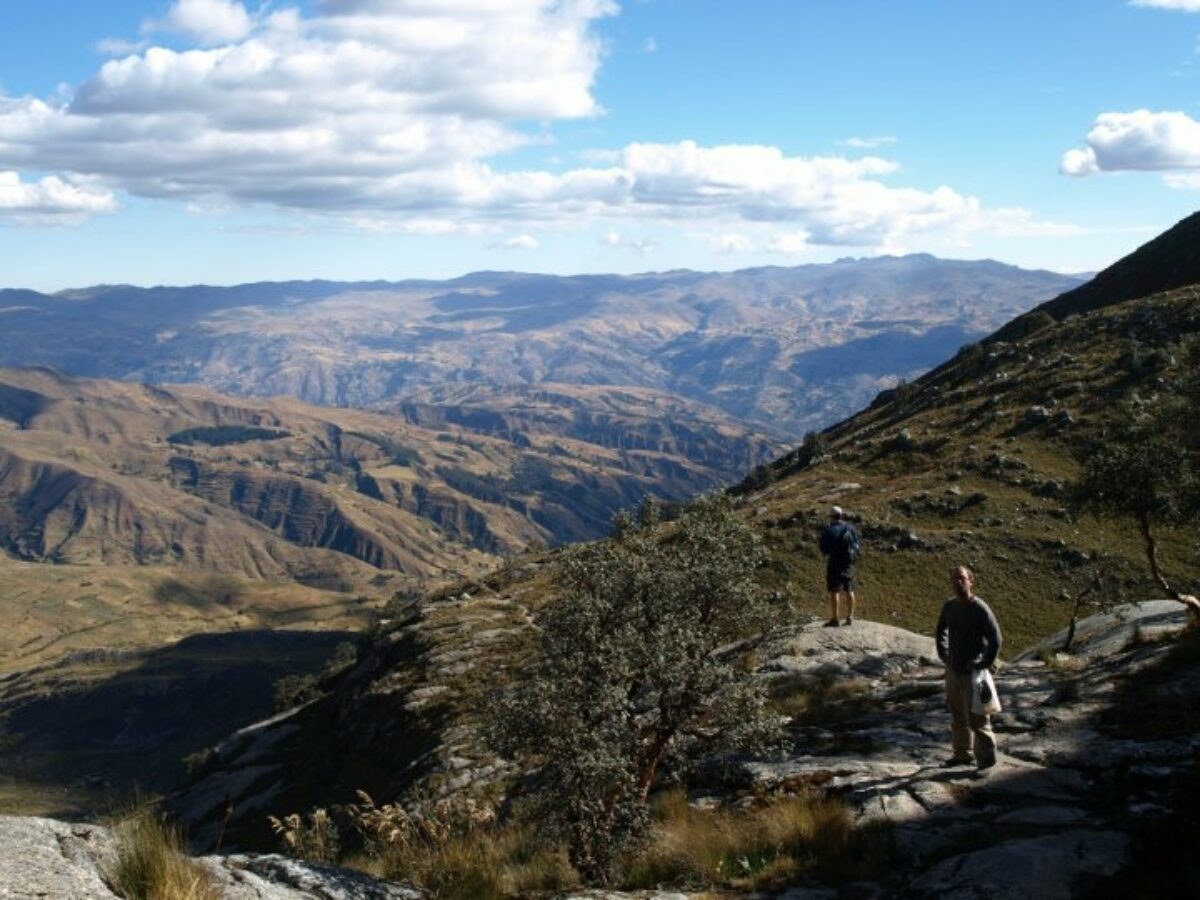
Glorious scenery hiking outside of Huaraz
Cordillera Blanca trekking need to know
Essential trek planning and safety information
The entire Cordillera Blanca is within Huascarán National Park and most popular hikes are within the park.
The Cordillera Blanca has some world famous peaks. Huascarán (6,768m) is the highest mountain in Peru and the fifth highest in South America. However, other mountains are even more famous. Artesonraju (6,025m) was the model for Paramount Pictures’ logo when it was designed in 1953. Alpamayo (5,947m) is a perfect pyramid and has been voted the most beautiful mountain in the world. Siula Grande (6,344m), in neighbouring Cordillera Huayhuash, was the scene of Joe Simpson and Simon Yates' epic survival story, Touching The Void. (You must have significant mountaineering experience to summit any of these mountains.)
Note that there is a daily fee for Huascarán National Park. You can buy a pass for several days or pay the daily fee of S/30 ($8). Passes are sold at every park entrance. The Cordillera Huayhuash (pronounced why-wash) is a separate, smaller mountain range that is protected with a nature reserve, though not a national park. Fees for Huayhuash are charged per campground by the community that maintains each one and range from S/10-S/50. You must have cash for campground fees.
The town of Huaraz is the capital of the region and the best base for exploring both mountain ranges. There are several local trekking and mountaineering agencies who hire experienced and licensed mountain guides. Always check with the Casa de Guías (Guides’ House) next to Parque Ginebra near the Huaraz Plaza de Armas on current conditions for any mountain trek. The Casa de Guías is open M-F 9am-1pm and 3:30-6:30pm and Saturday 9am-1pm and always has an expert on hand to answer questions about conditions and routes. This is also a great place to meet guides to ask questions or hire them directly, without an agency.
For any high altitude multi-treks in Peru, having the right maps and gear is essential. If you hire a guide, be sure that they are licensed for high altitude mountain trekking or mountaineering. Note that the mountaineering guide training includes glacier safety while the mountain trekking guide training does not. If you plan to climb any glaciers, you must hire a licensed and experienced mountaineering guide. You must be self-sufficient with food and safety equipment. Search and rescue teams in Peru do not have the same training or resources as their counterparts in Europe or North America.

